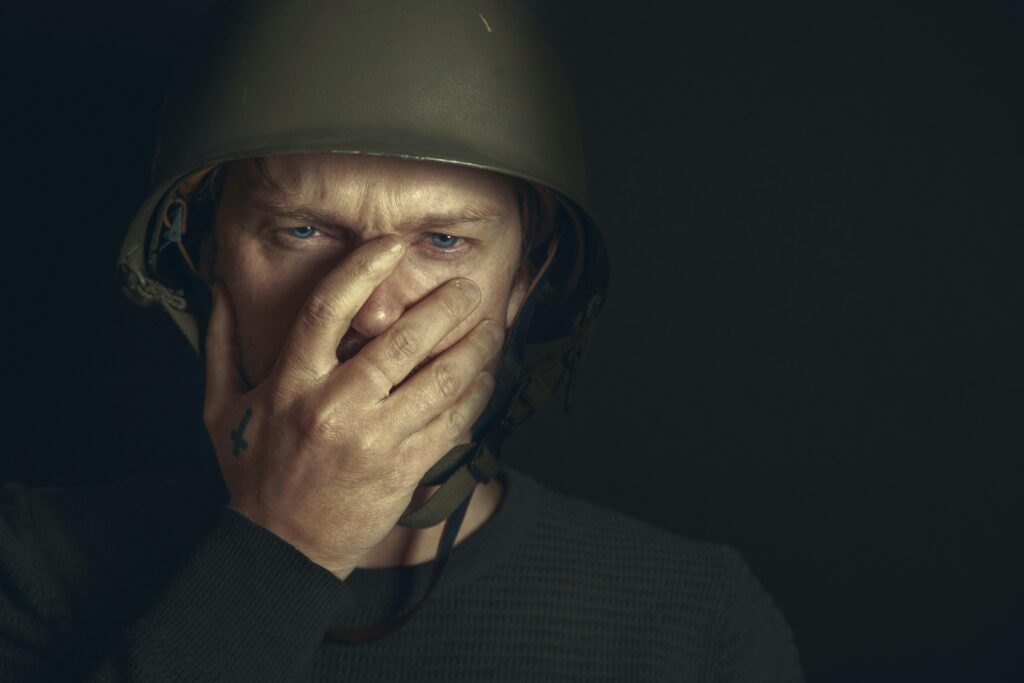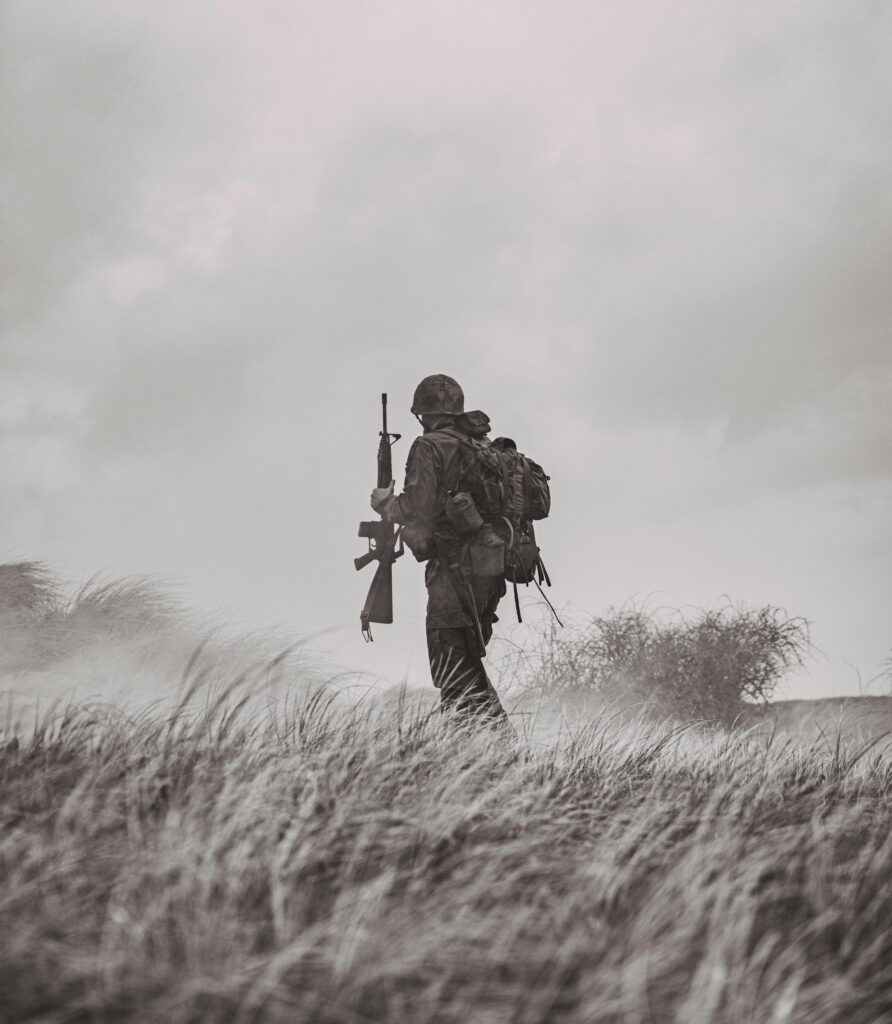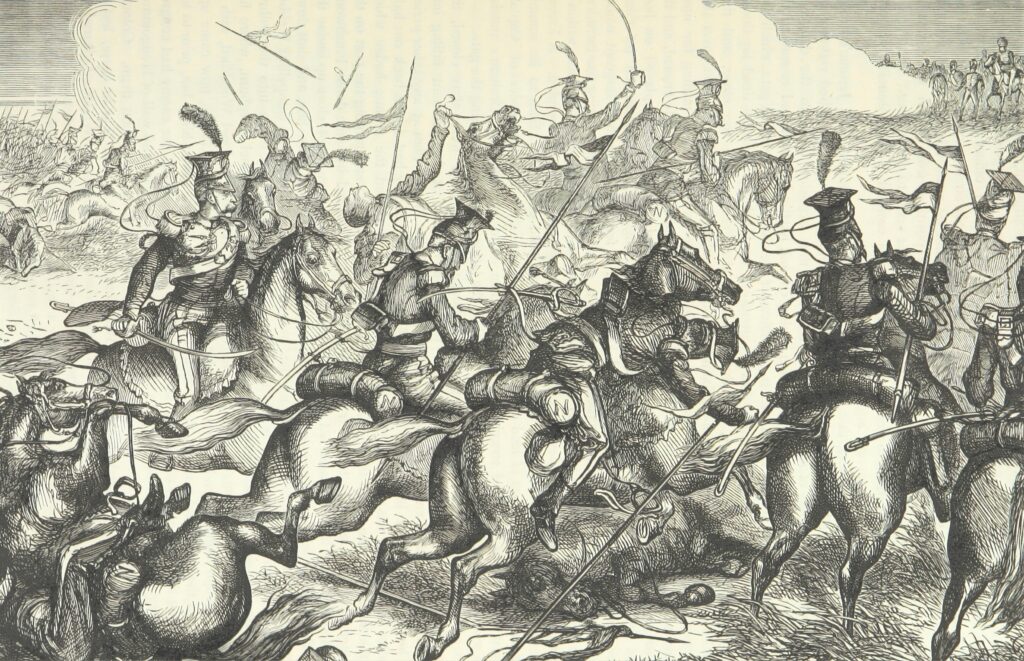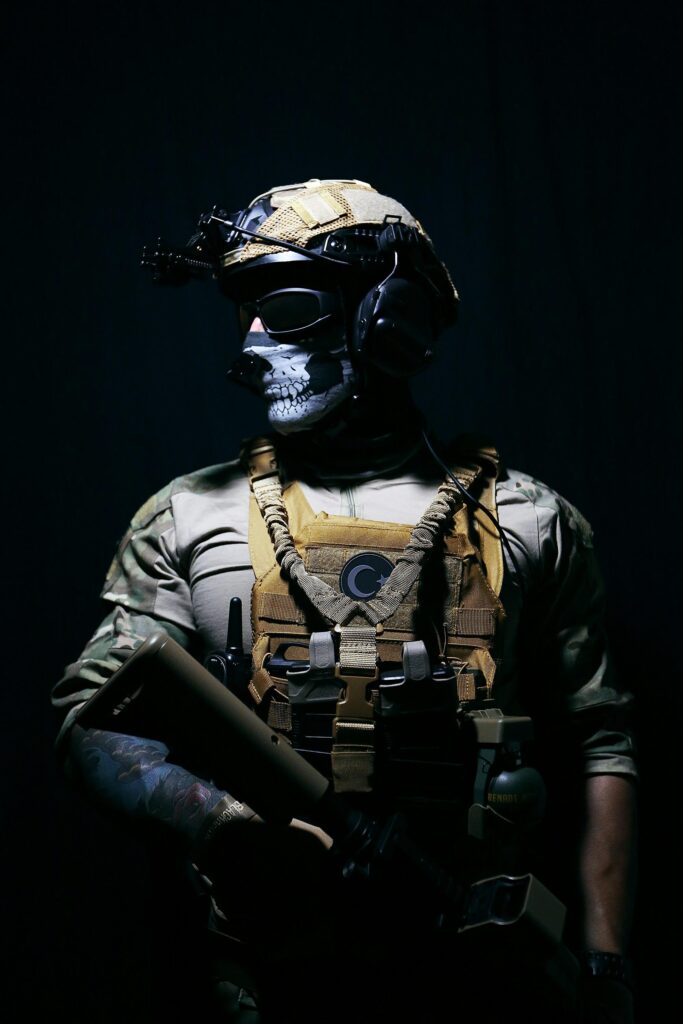The development and deployment of tanks have fundamentally transformed the landscape of modern warfare over the past century. From their inception during World War I as armored breakthroughs designed to traverse entrenched battlefields, tanks have evolved into highly sophisticated platforms integrating advanced armor, mobility, and firepower. This evolution has been driven by continuous technological innovation and shifting tactical doctrines, profoundly influencing combined arms operations and strategic military planning. This article examines the historical progression of tank design, evaluates their current strategic roles on the modern battlefield, and analyzes the implications of emerging technologies on future armored warfare capabilities.
Table of Contents
- Historical Development and Technological Advancements of Armored Warfare
- Tactical Roles and Integration of Tanks in Combined Arms Operations
- Impact of Armor and Firepower Enhancements on Battlefield Effectiveness
- Strategic Recommendations for Future Tank Deployment and Modernization
- The Conclusion
Historical Development and Technological Advancements of Armored Warfare
The inception of armored warfare can be traced back to the early 20th century, with the introduction of the first operational tanks during World War I. These pioneering machines addressed the tactical deadlock of trench warfare by combining mobility, protection, and firepower in a single platform. Over subsequent decades, technological evolution in tank design has been marked by several key advancements:
- Armor Technology: Transition from riveted steel plates to composite and reactive armor significantly enhanced battlefield survivability.
- Propulsion Systems: Advances in diesel engines and later turbine engines have increased operational range and speed while improving fuel efficiency.
- Fire Control and Targeting: Integration of laser rangefinders, ballistic computers, and thermal imaging revolutionized accuracy and engagement capabilities.
- Communication Networks: Development of digital command and control systems facilitated real-time battlefield information sharing, enabling coordinated armored maneuvers.
These innovations transformed tanks from relatively primitive vehicles into sophisticated combat systems that dominate ground warfare domains. The transition from large, cumbersome WWI-era tanks to agile main battle tanks (MBTs) exemplifies this progression, moving the focus beyond mere armor and firepower to include versatility and electronic integration. Consequently, modern armored warfare strategies emphasize combined arms operations, where tanks synergize with infantry, artillery, and air support to exploit maneuver warfare principles effectively.
Tactical Roles and Integration of Tanks in Combined Arms Operations
Tanks serve as the spearhead of ground offensives, embodying both mobility and firepower to breach enemy defenses and exploit vulnerabilities. Their deployment is calibrated to maximize effectiveness within a combined arms framework, where infantry, artillery, and air support synchronize to enhance battlefield dominance. By integrating with mechanized infantry, tanks provide armored protection and suppressive fire, allowing foot soldiers to maneuver securely through hostile territory. Coordination with artillery units enables tanks to advance under the protective umbrella of indirect fire, disrupting enemy formations before direct engagement. Simultaneously, close air support delivers precision strikes that neutralize high-value targets beyond the tanks’ line of sight, ensuring continuous momentum in offensive operations.
The tactical versatility of tanks extends beyond offensive roles, assuming critical responsibilities in defense and reconnaissance. Their imposing presence can anchor defensive lines, leveraging hardened armor and advanced sensors to detect and repel enemy assaults. Key facets of tank integration include:
- Flanking maneuvers executed in tandem with motorized infantry to envelop adversaries.
- Combined arms reconnaissance focusing on gathering real-time intelligence while maintaining offensive capability.
- Fire and movement drills synchronized with artillery barrages and air sorties to maximize suppression and minimize exposure.
This multifaceted collaboration ensures that tanks not only serve as formidable combat units but also as pivotal elements in the orchestration of modern warfare tactics.
Impact of Armor and Firepower Enhancements on Battlefield Effectiveness
Throughout the modernization of armored vehicles, incremental upgrades in armor technology have revolutionized survivability on the battlefield. The integration of composite armor, reactive armor, and active protection systems has drastically reduced vulnerability to kinetic energy penetrators and shaped charges, reshaping tactical doctrines. These enhancements allow tanks to operate more aggressively in contested environments by absorbing or deflecting damage that would previously have incapacitated or destroyed older models. As a result, units equipped with advanced protection systems can sustain longer engagements while providing persistent fire support to infantry and mechanized forces.
Simultaneously, advancements in firepower have exponentially increased lethality and operational reach. Modern main battle tanks now feature high-velocity smoothbore cannons capable of firing a diverse range of munitions including advanced kinetic energy penetrators, programmable airburst rounds, and guided missiles. The integration of state-of-the-art fire control systems, thermal imaging, and laser rangefinders enhances target acquisition and engagement speed under all weather and visibility conditions. These capabilities translate to decisive battlefield dominance by allowing crews to identify, engage, and neutralize threats at extended ranges, minimizing exposure and maximizing strike effectiveness against enemy fortifications and armored vehicles.
- Enhanced survivability through multilayered armor systems mitigating diverse threats.
- Extended engagement envelopes enabled by advanced munitions and targeting technologies.
- Force multiplier effect by sustaining combat power longer in high-intensity conflicts.
Strategic Recommendations for Future Tank Deployment and Modernization
To maximize operational effectiveness and maintain battlefield superiority, it is imperative to prioritize the integration of next-generation technologies into existing tank fleets. Emphasizing modular design principles will allow for rapid upgrades and adaptability to various combat scenarios. Investments should focus on enhancing active protection systems (APS), advanced sensor suites, and AI-driven targeting algorithms to ensure both survivability and lethality against evolving threats. Additionally, leveraging network-centric warfare capabilities will enable tanks to operate seamlessly within multi-domain task forces, improving situational awareness and decision-making speed.
Equally critical is the strategic deployment of unmanned and optionally manned tanks alongside traditional armored units. This hybrid approach should be supported by robust logistical frameworks that prioritize rapid repair, resupply, and data fusion from battlefield sensors. Training programs must evolve to incorporate cyber resilience and electronic warfare countermeasures, preparing crews to operate in contested electromagnetic environments. Key recommendations include:
- Enhancing interoperability with air and ground drone units for coordinated strikes
- Developing scalable powertrains to accommodate future energy sources like hybrid-electric or hydrogen fuel cells
- Implementing simulation-driven training platforms integrating live, virtual, and constructive elements
- Establishing cross-domain intelligence sharing protocols to optimize real-time threat response
The Conclusion
In conclusion, the evolution of tanks from their inception to their current advanced forms underscores their enduring strategic significance in modern warfare. Advances in armor technology, firepower, mobility, and integration with combined arms doctrines have continually redefined their battlefield roles. As warfare increasingly incorporates network-centric and multi-domain operations, tanks remain a critical asset, capable of delivering decisive force while adapting to emerging threats and operational environments. Understanding this evolutionary trajectory is essential for military planners and defense analysts aiming to optimize armored capabilities in future conflicts.












